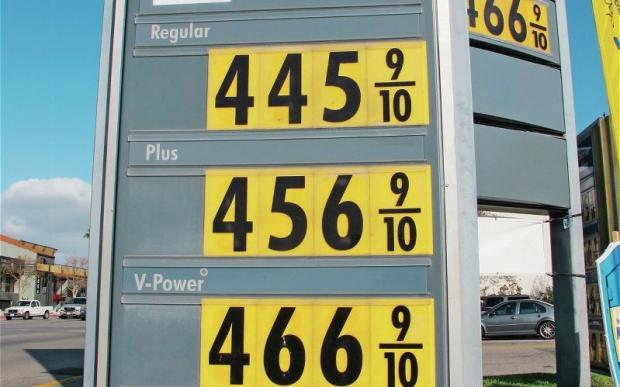The U.S. Energy Department’s inventory release showed that crude stockpiles recorded another massive drop on continued strong refinery runs. With oil supplies falling for the ninth week, investor sentiment has turned slightly positive on dissipating fears about a meltdown to sub-$40 levels. Analysts also believe that the trend, if sustained, could help tighten the market significantly.
But the positive effect from the hefty crude inventory draw was more than offset by the steadily rising domestic oil output that continues to be the biggest headwind for the market. At 9.53 million barrels a day, production is at the highest level in more than two years, thereby cancelling out cuts from OPEC and its allies. Surprise builds in refined product inventories – gasoline and distillate – added to the pessimism.
As a result, West Texas Intermediate (WTI) crude futures shed 1% (or 48 cents) to $45.96 per barrel Wednesday.
In any case, the federal data was overshadowed by the impact of Hurricane Harvey-induced shutdowns at crude production and refining infrastructure.

Gasoline Prices Jump
The Gulf of Mexico (GoM), which bore the brunt of Hurricane Harvey, has major refining infrastructures. According to the EIA, more than 45% of domestic oil refining capacity and around 51% of the nation’s natural gas processing capacity are located in the GoM.
Exxon Mobil Corporation’s (XOM – Free Report) Baytown, Royal Dutch Shell plc’s (RDS-A – Free Report) Deer Park, Marathon Petroleum Corporation’s (MPC – Free Report) Galveston Bay, Phillips 66’s (PSX – Free Report) Sweeny Texas, Petrobras’ (PBR – Free Report) Pasadena, Valero Energy Corporation’s (VLO – Free Report) Corpus Christi are among the facilities affected.
As a result, gasoline soared to a two-year high of $1.885 a gallon after Harvey caused weeks of disruptions at refineries in its path and shut units, creating supply shortages that will affect facilities for months.













Leave A Comment